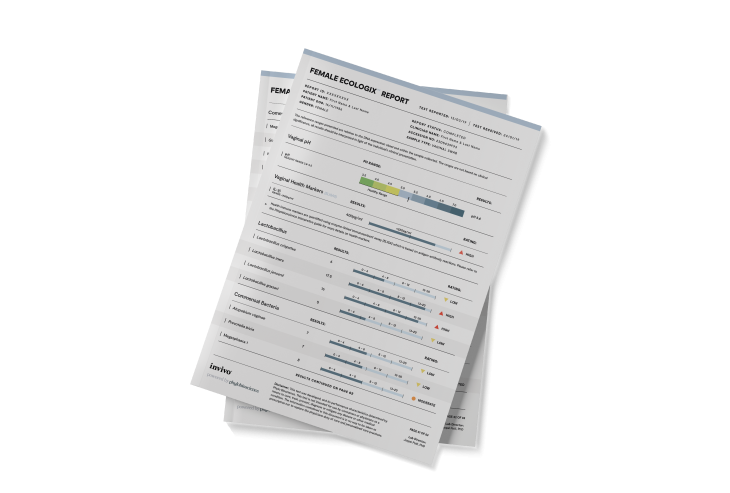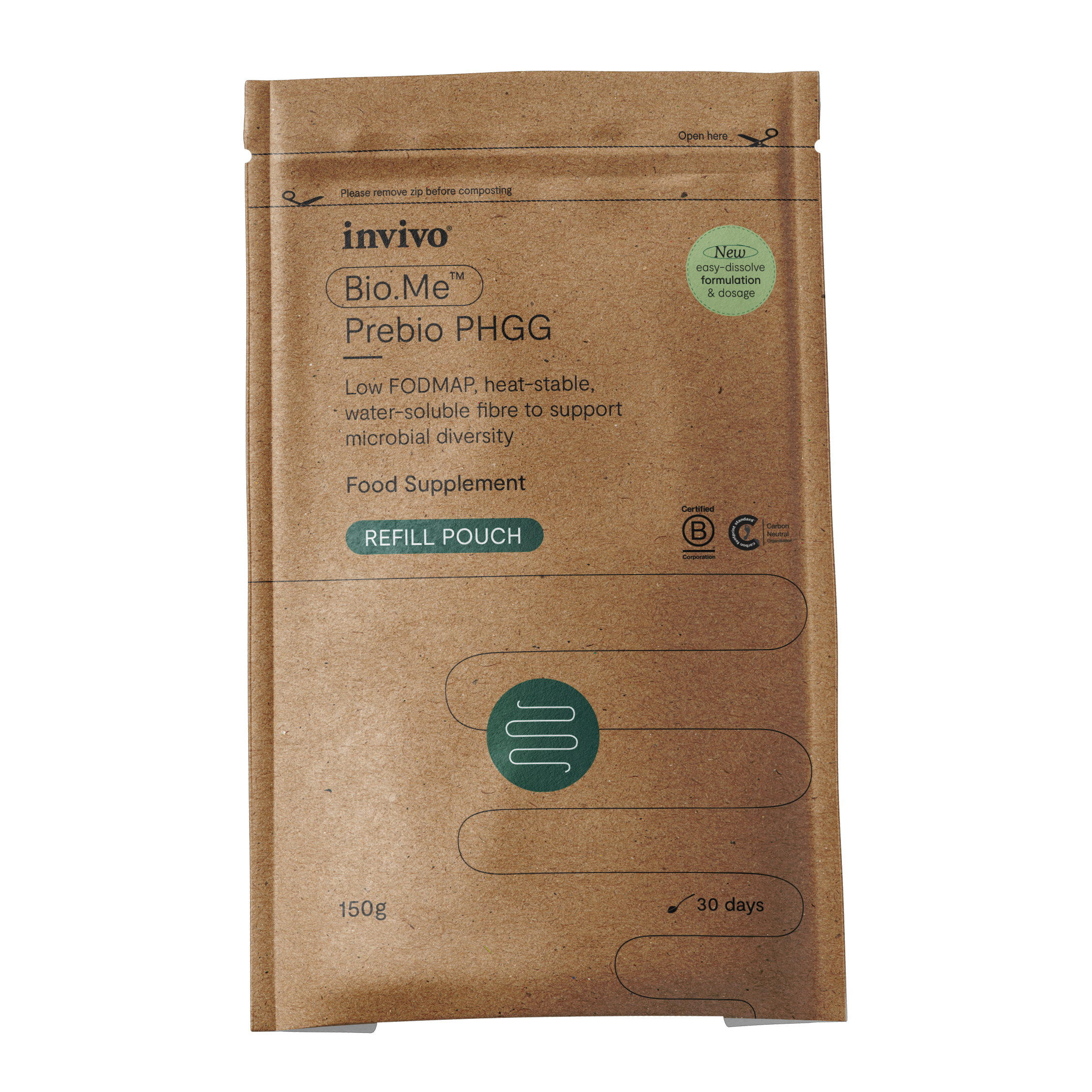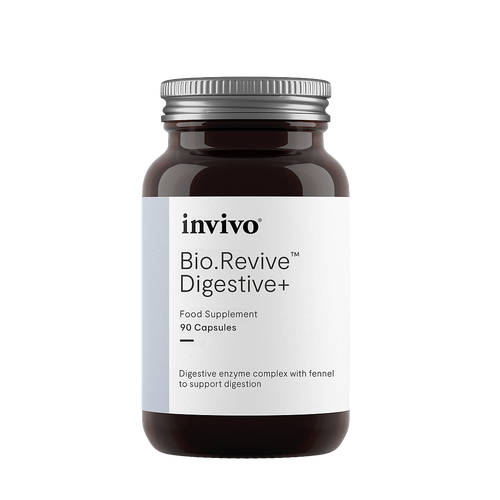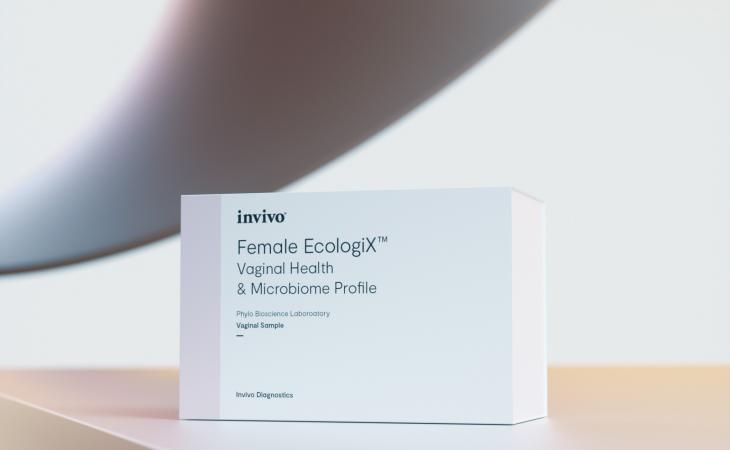Vaginal EcologiX™ | Host-Microbiome Analysis
The vaginal microbiome is a key ecosystem, which is host to over 200 species of microorganisms. Unlike other microbiota sites, the vagina is extremely dynamic and is affected by numerous host factors including age, ethnic background, sexual intercourse, changes in hormone levels during pregnancy, menstruation and menopause, genital infections and personal hygiene.
Due to its extensive interaction and cross-talk with host immune responses, small fluctuations in the vaginal microbiota can impact vaginal health significantly. The disruption of homeostasis, termed dysbiosis, has been linked to a multitude of conditions, including bacterial vaginosis (BV), miscarriages, preterm delivery, pelvic inflammatory disease (PID) and increased risk of sexually transmitted infections (STIs).
Analysis and monitoring of the vaginal microbiota is therefore extremely important for health and can be used to inform intervention plans and lifestyle factors.

The Vaginal EcologiX™ Profile
Methodology:
The profile uses two technologies: quantitative real-time PCR is (q-RT-PCR) is used to quantify the abundance of microbial genes. Enzyme-linked immunosorbent assays (ELISA) are used for the quantification of host proteins
For microbiota composition analysis, the technology detects:
- Abundance of four key Lactobacillus species (markers for vaginal health)
- Abundance of strictly anaerobic bacteria (associated with dysbiosis)
- Abundance of enteric bacteria including Escherichia coli and Staphylococcus aureus (associated with aerobic vaginitis)
- Abundance of BV-associated bacteria including Gardnerella, Prevotella and Megasphaeraspecies
- pH
- IL-1β (pro-inflammatory cytokine)
Dependent on microbiota composition and host biomarkers, the profile will report three different states:
- Healthy vaginal microbiota (homeostasis)
- Vaginal dysbiosis (microbiota profile and/or host marker profile)
Materials & Support

Downloads:
– Sample report
– Interpretive guide
– Clinical matrix
– Clinical considerations (logged-in only)
Consultations:
We offer complimentary consults with our clinical education team. You can book these from your account dashboard.
Relevant Education
Female Ecology: The Menopausal Vagina
Strategies to question, support, and address vaginal health in menopause.
1 hour webinar
→ watch
Female Ecology Mastercourse
Master female ecology in clinical practice with our online 6-week course.
9 hours over 6 classes
→ watch




